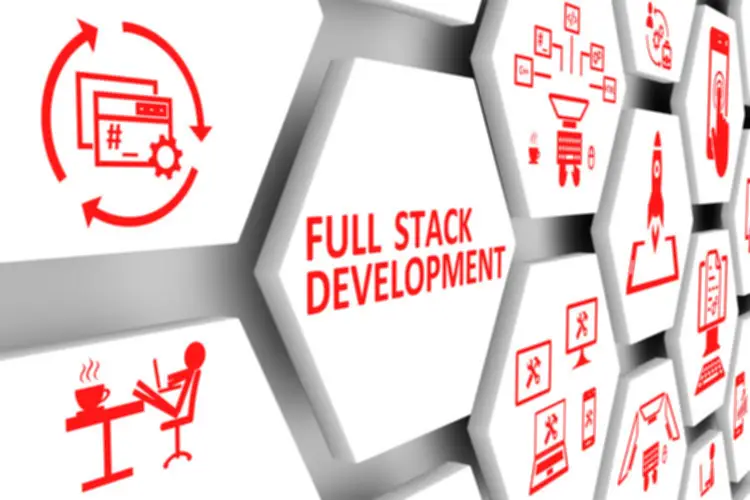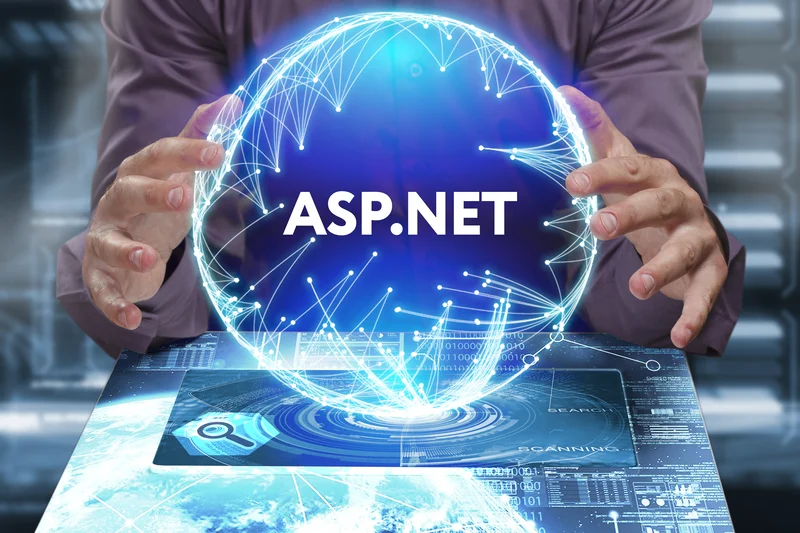The extra developers you might have, the extra computing energy you should run easy checks (build and test) on all the energetic branches. Continuous Delivery and Continuous Deployment (let’s name them CD from now on) aren’t group issues. They are about discovering the proper balance between execution time, upkeep efforts and relevance of your tests suite to have the flexibility to say “This model works as it should.” You would have proof read your code yet one more time or reviewed a PR whereas waiting.
We’re also committed to contributing to the developer community via open-source projects like Argo within the CNCF, and other efforts to advance software program delivery and operations. Frequent commits are crucial for Continuous Integration as they cut back the possibility of change collisions and make it easier to pinpoint where an issue was introduced. Smaller commits reduce the complexity of code reviews and provide more feedback alternatives from automated exams. Whereas all tasks in a CD pipeline should be automated, having handbook interventions and approval capture can present an extra layer of control. Guide interventions enable the automated process to request human assistance, which can help overcome a transient downside during deployment, similar to a timeout connecting to a deployment target. This automation contains duties corresponding to configuring environments, managing infrastructure, and executing deployment steps.
Implementing metrics and monitoring tools might help monitor the efficiency of the pipeline and determine bottlenecks. This means not simply the construct and check processes but in addition deployment, configuration management, monitoring, and even rollback procedures. By starting small and scaling steadily, you’ll find a way to avoid overwhelming the group and ensure that each a part of the pipeline is well-tested earlier than shifting forward. This incremental strategy helps stop complications and allows for faster feedback. Steady Integration (CI) and Steady Delivery (CD) are two powerful practices in software program improvement, each serving a definite objective.
It is about working in small chunks and integrating your new code to the main branch and pulling regularly. If you have lots of or thousands of tests you don’t want to run them all for each merge. It will take a lot of time and most exams in all probability confirm “non staff blocker” features. The worst part is that repeated incidents gasoline a distrust of the principle branch and encourage builders to work apart. All the builders who pulled the faulty commit will spend 5 minutes questioning why it doesn’t work.

Each a part of CI/CD represents specific objectives and disciplines to attain them. And contributing to the confusion are totally different targets of continuous supply and continuous integration. Unlock the potential of DevOps to build, check and deploy secure cloud-native apps with steady integration and supply. Built-in development environments (IDE), such as GitHub or AWS CodeCommit, assist developers create, keep and track software program packages.
This allows you to mix and match any developer device or programming language without any conflicts or version clashes. Not Like https://www.globalcloudteam.com/ different platforms, Codefresh pipeline plugins are packaged in Docker containers and can be applied in any programming language (or even scripting). Here are the principle the reason why CI is taken into account a important side of modern software program growth and a key enabler of agile and DevOps methodologies. Incremental deployments launch updates in small, manageable increments quite than all at once. Strategies like blue/green deployments, rolling updates, and canary releases present incremental deployment, decreasing risk and maintaining functions obtainable during deployment.
This helps to detect integration points early and makes the event process more environment friendly. A quick construct course of is essential for sustaining an efficient steady integration pipeline. Ideally, your construct should take no quite so much of minutes to finish. Longer build instances can decelerate improvement and discourage builders from integrating their changes regularly. As Soon As the developer commits their code to a model management system like Git, it triggers the CI pipeline which fetches the adjustments and runs automated build and unit exams.

A Variety Of The Common Points With The Standard Waterfall Model Are:
By contrast, CD is targeted on transferring improvement work to the tip user. In combination, they create a CI/CD pipeline — a highly automated workflow that keeps work transferring quickly through every stage of your launch course of. This article explains the variations between continuous integration and steady delivery by means of their meaning, workflow, benefits, challenges, tools, and more. Both continuous delivery and steady deployment cope with automating further down the pipeline than CI and are often E-commerce used interchangeably. The work of individuals is then pushed into an automated system that uses scripts to build and check the code adjustments. After the automated construct stage, a CI server compiles the source code adjustments into the primary branch code or “trunk” of the shared supply code repository.
Tips For Effective System Prompting: A Developer’s Guide To Building Higher Ai Purposes
- The first and most crucial apply for implementing steady integration is to take care of a centralized code repository.
- The automated pipeline checks each change immediately and catches points earlier than they turn into bigger issues.
- This feature is critical for maintaining security and compliance in the deployment process.
- Quick builds enable sooner iterations and shorter development cycles, contributing to the continual delivery of software.
- It sometimes consists of multiple levels that take code from development all the best way to production, automating tasks like building, testing, and deployment.
However, human intervention is required for deployment in the manufacturing environment. To understand what CI/CD means, it’s essential to break down the parts. CI stands for Continuous Integration, while CD can refer to either Steady Supply or Continuous Deployment. A CI/CD pipeline consists of connected steps that help improvement groups ship code faster and reliably. The course of starts when developers commit code to a central repository and routinely triggers builds and exams. The confirmed code then strikes via different stages, together with integration testing, security scanning, and deployment preparation.
Strategies like incremental builds, parallel processing, and caching can significantly scale back build times. Many organizations have further testing requirements corresponding to exploratory testing, consumer acceptance testing, or capacity testing. Where handbook testing is required, it should be reserved for the consumer acceptance stage. This avoids losing time on software program variations that don’t meet the requirements of the acceptance check stage.

What’s Steady Deployment?
This instance demonstrates how a well-implemented CI/CD workflow enables builders to ship code rapidly, ensures prime quality, and minimizes errors. It emphasizes the significance of automation, collaboration, and continuous improvement in the software improvement process. By implementing CICD, builders can enhance productivity, enhance code high quality, and accelerate the release cycle. It permits quicker and more reliable software program supply, facilitating collaboration amongst staff members and enabling them to reply swiftly to buyer necessities. The first and most important follow for implementing steady integration is to maintain a centralized code repository. This is the place all of the source code, configuration recordsdata, and different important artifacts on your project ought to be saved.
Automated deployment processes reduce human error and speed up releases. Groups configure these tools to deploy code changes mechanically after earlier pipeline stages succeed, which creates a easy supply process. CI/CD additionally relies on version management, which is essential to a mature DevOps course of. It is possible to automate deployments between orgs and run automated tests within the process, but true CI/CD may even continuously integrate work into version control. Though CI and CD do discuss with completely different phases in your launch course of, both let you see value quicker.
It enforces a strict deployment course of and ensures the same artifacts and process are used throughout the event lifecycle. The CI process encourages frequent code integration and supplies quick suggestions on whether or not the changes end in a deployable software version. The first part builds and tests the brand new software program model and may let a developer know within 5 minutes if their adjustments have triggered a problem.
Whereas the CI/CD pipeline refers to agile DevOps workflows, CI/CD stands for the mixed practices of steady integration and continuous delivery. In the DevOps world, the phrases continuous integration, continuous supply, and steady deployment are fairly common. What’s also fairly common is that these phrases are used interchangeably, often as synonyms. Operating checks early and often within the CI/CD pipeline detects issues sooner. This reduces the variety of unhealthy versions reaching handbook stages and losing time and stops them reaching manufacturing the place ci monitoring they’ll influence customers.
